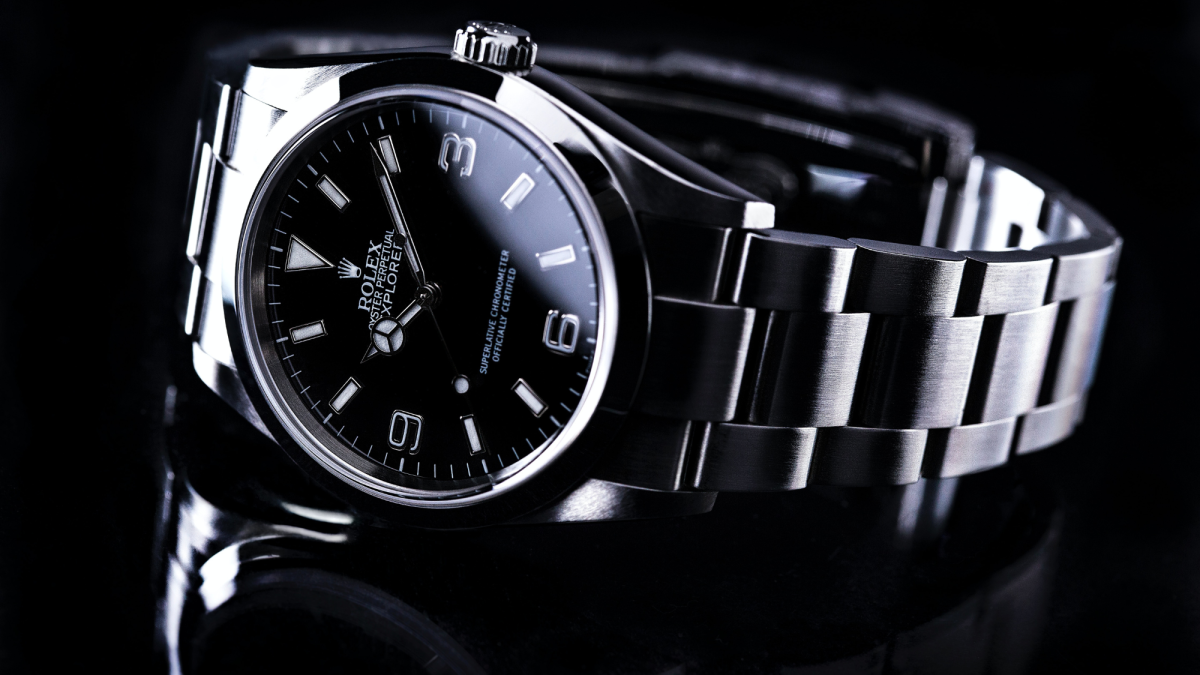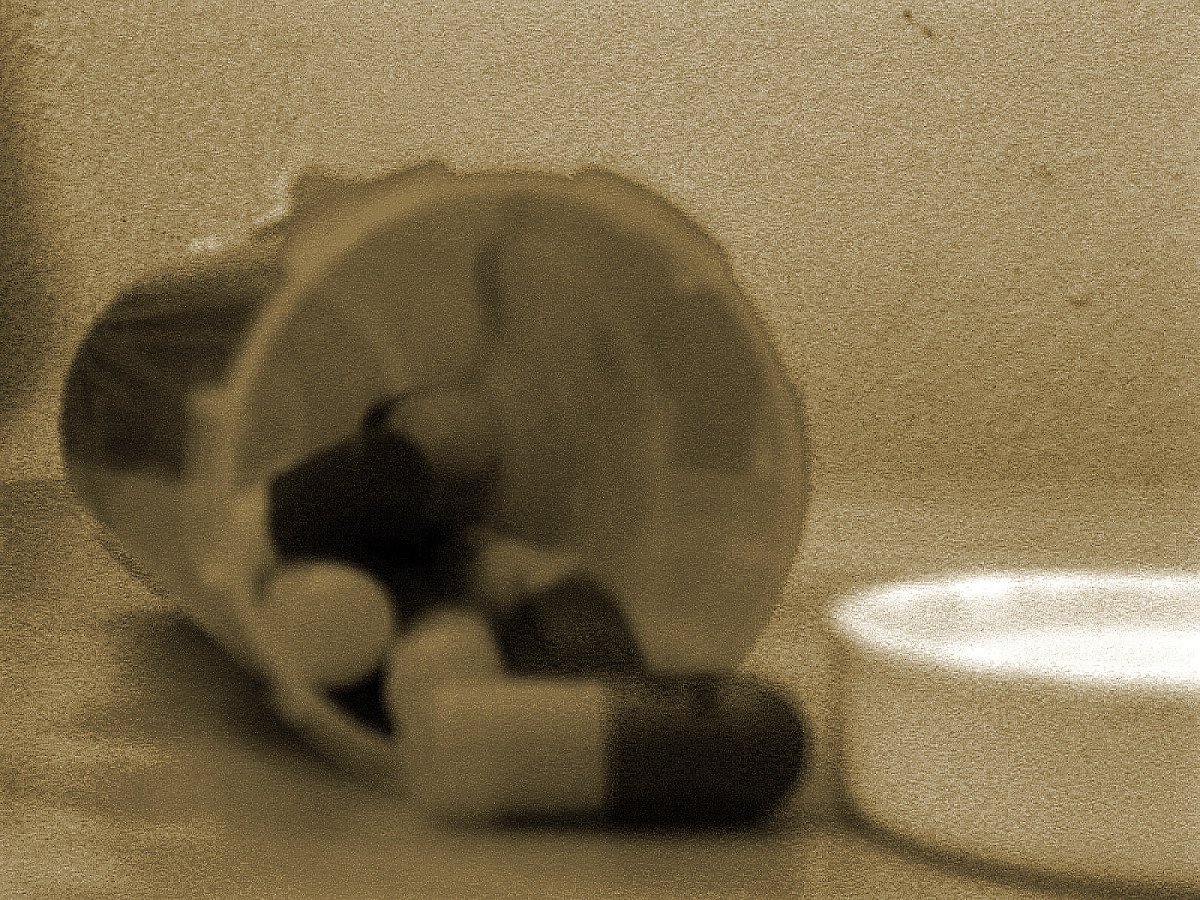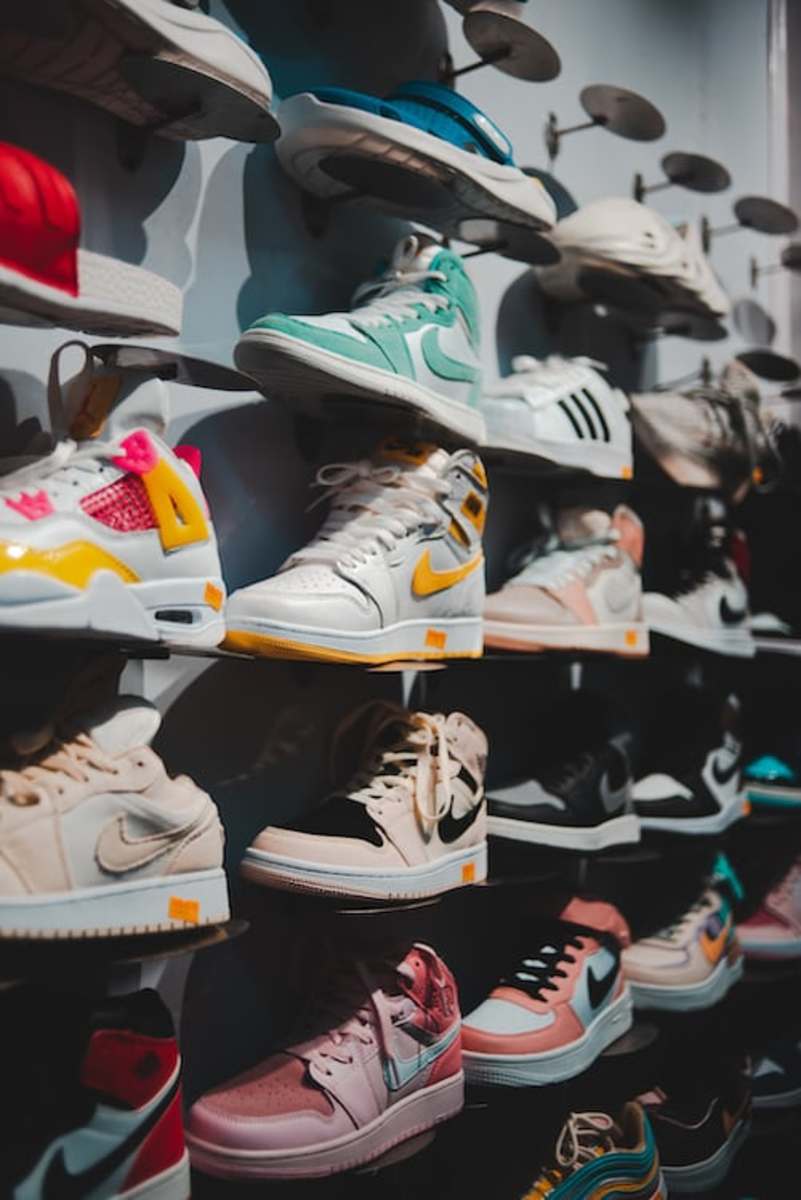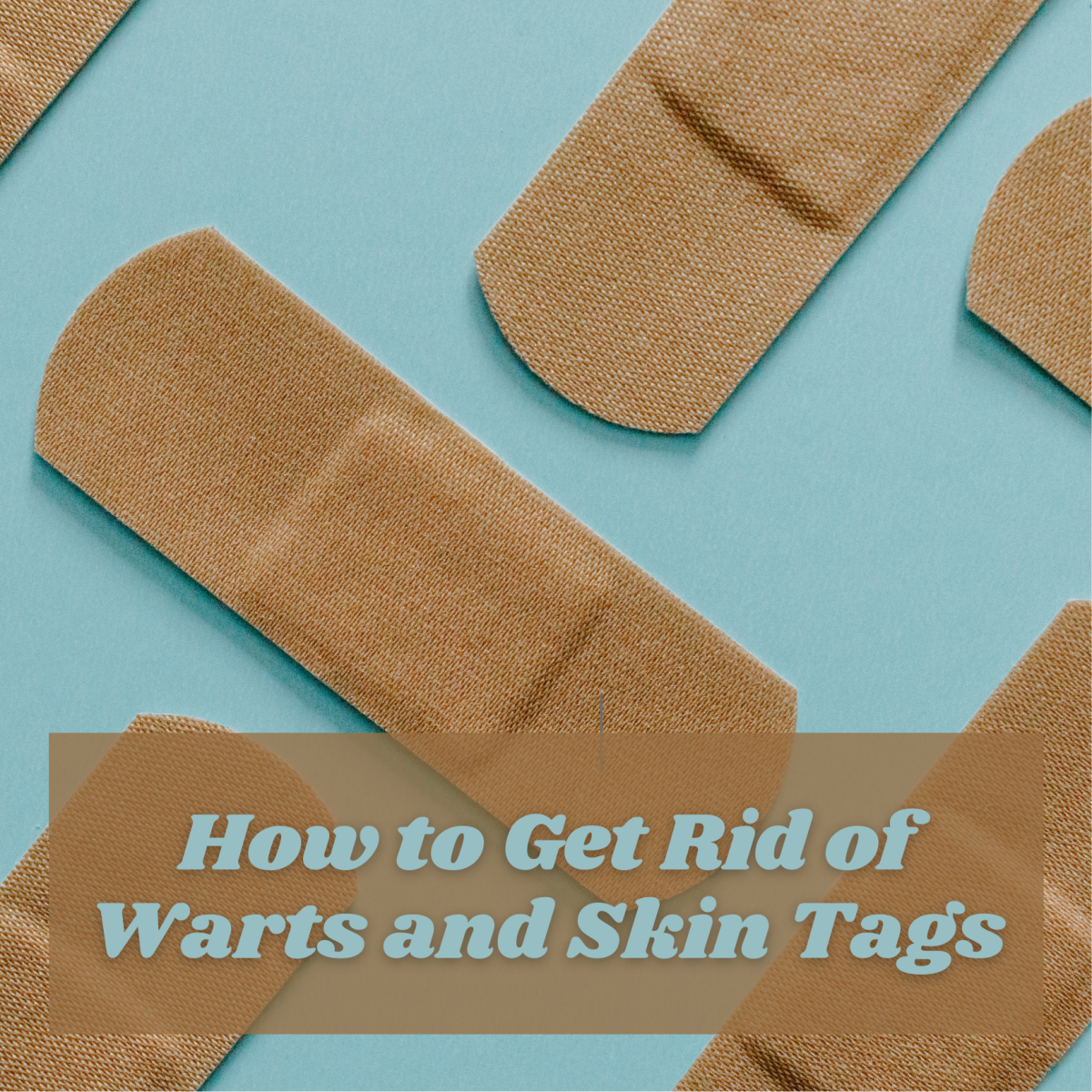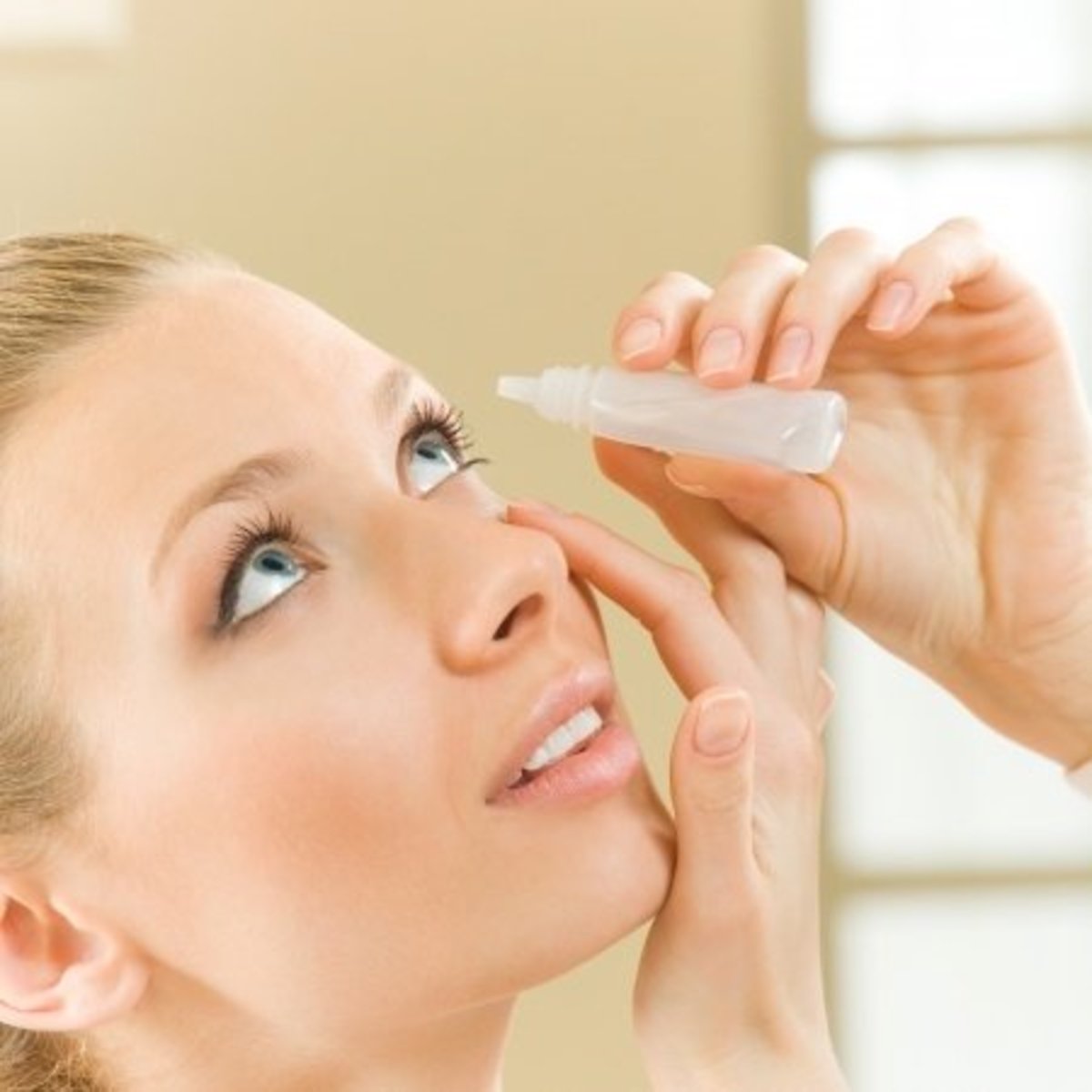The Fake Medicine Trade
Counterfeit Medication
Have you ever had an email land in your inbox offering you medication at discount prices? Viagra perhaps? Erectile dysfunction? Or something else? Well if you have, chances are it could be fake medication. The fake meds industry has been growing at an exponentially high rate over the last decade or so and is now worth 75 billion dollars, nor does it show any signs of slowing down anytime soon.
Worst of all, the industry cause an estimated 700,000 deaths per year - many occurring in underdeveloped countries where medication is a premium. A great number of people with serious illnesses or who have sick children buy these medicines at a cheap rate but they are quite worthless as a treatment; victims may later die and their deaths are recorded as 'Malaria' or some other illness, when genuine treatment could have saved them. This is a form of manslaughter that is becoming an increasing alarming problem worldwide.
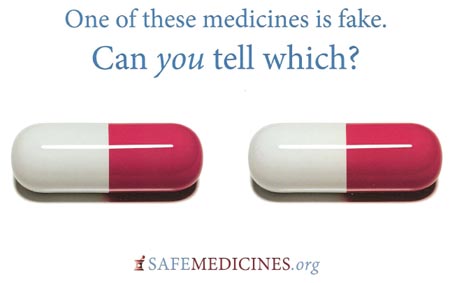
Fake Medication Statistics
- Percentage of counterfeit medicine sold worldwide -15%
- Percentage of counterfeit medicine sold in Africa, Asia and Latin America - exceeds 30%
- Percentage of counterfeit medicine sold via the internet -exceeds 50%
This means that any drugs you purchase online have a 50% chance of being phoney. The most commonly sold fake medications, especially online, are viagra and pain medications but counterfeiting also extends to antibiotics, contraceptives, cancer medications, malaria medication and various other drugs.
The scam poses the most serious threat to underdeveloped countries becuse rates of infection tend to be high. In Pakistan for example, the World Health Organization estimates that as much as 30 to 40 % of medication on the market are scams. Pakistanis spend 77% of their household health budgets on medications, almost half of which may be fake. According to Dr Qaiser Sajjad. General Secretary of the Pakistani Medical association, this poses very serious health problems for that country. Pakistan, which is rated 13th on a scale of countries where fake meds are an issue, is not alone. In India there have even been documented cases where patients have woken up during surgery after having been given fake anasthetics.
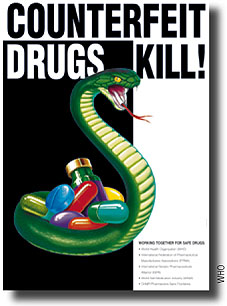
Interpol
In 2006 the United Nations agency created a global task force to tackle the issue, which has been growing, as international markets expand and become globalized.Interpol has developied sophisticated methods to tackle the problem, but it's hard to stay one jump ahead of the scammers.
In one batch of drugs scientists discovered a pollen inside fake malaria capules and Interpol was able to trace the source of the counterfeits to and illegal factory in Southern China and in August 2010, 9,072 kilograms (20,000 pounds) of fake medications were seized in a blitz that stretched over six East African nations. The illegal booty included anti-malaria drugs, vaccines and antibiotics.
There are also jurisdictional problems; there have been drugs originating in China which have travelled through the Middle East and into the US, pretending to be Canadian pharmaceutical companies.
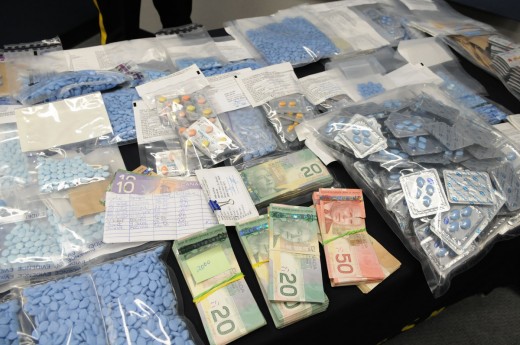
Low Penalties
Many drug dealers have switched from selling cocaine and heroine to counterfeit drugs because the penaltes are far less severe. In many countries, someone caught selling cocaine or heroine could expect to face twenty years in jail, life imprisonment or even the death penalty, but the punishment for selling counterfeit drugs may be as little as six weeks in jail and a thousand dollar fine.
Exactly what is in these medications varies -it can be anything from unsterilised tap water, talcum and cement powder to glass. The fake medication industry is of course an unregulated, underground operation and while, some counterfeits are harmless substances, others not so harmless. At the very least they prevent people from receiving the real treatment they require. Profit is the sole consideration for the fake drug producers.
- Partnership For Safe Medicines
Counterfeit drugs are a danger to consumers. Safemedicines.org is the homepage of the Partnership for Safe Medicines, a coalition of patient, physician, pharmacist, academic, and industry groups that work together to educated the public about counter
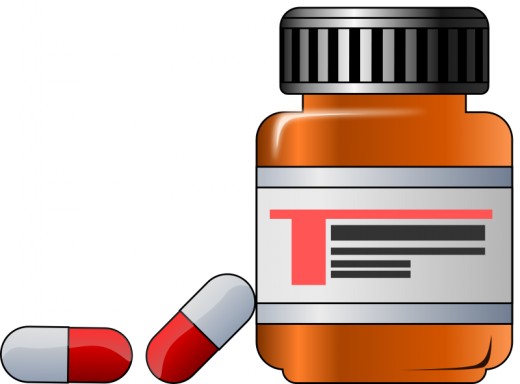
How to Spot Fake Medication
Fake medication is extremely difficult to spot as spammers spend a great deal of effort making their products appear legitimate; the packing, fonts and inks are often perfect and identical to the genuine article in almost every detail. In the case of antibiotics however, a special square hologram should appear somewhere on the packet if the medication is genuine - no hologram, no antibiotics. Hologram packaging is likely to be implemented more and more as a safegaurd for packaged pharmeceuticals. In addition, ehe safemedicine.org recommneds the following:
When you start taking a medicine, create a "baseline" of the drug's characteristics, including its appearance, taste, texture, reactions and packaging. Compare the medicine you receive with what it is supposed to look, taste and feel like. When comparing packaging, look for differences in paper, printing, color, and fonts (i.e., is it the same size, raised print, embossed, etc.).

